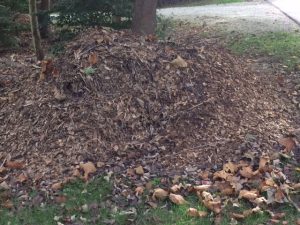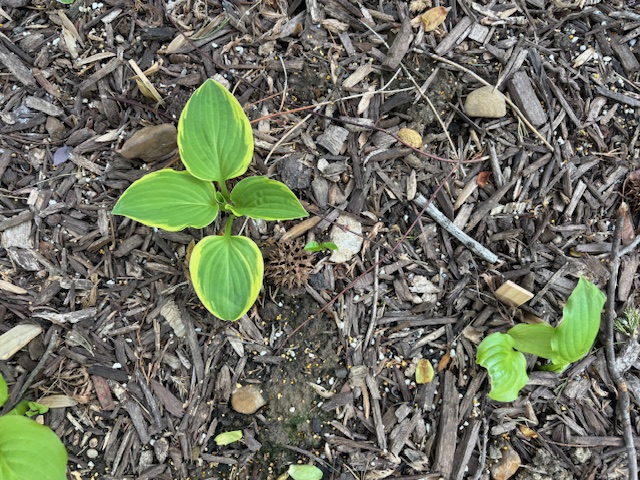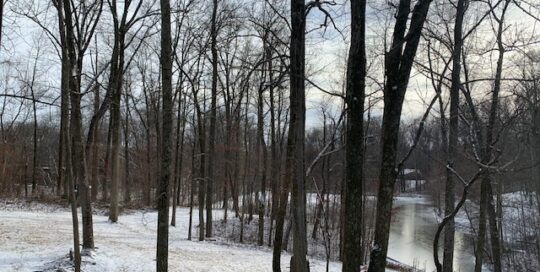Soil or Dirt?
Views: 851

About a zillion years ago, we took the Master Gardener class. Our instructor, LC was a great teacher and a funny guy. He did have rules – several rules. One rule was that we had to use the word “soil”; not dirt, but SOIL! He was very insistent about that.
Just to get him stirred up a bit, I would accidentally on purpose call it dirt. In my defense, what I had to deal with in my beginner’s garden was dirt. More specifically, it was clay, a pale reddish-brown clay with super powers. When the clay was wet, it would stick like glue to my shovels and shoes. When the clay was dry, I had to use a pick ax to break it up (no exaggeration!). I believe we could have mixed it with straw and made bricks out of it, just like the Hebrew children.
I learned a great deal in that class and made several new friends. But if I hadn’t learned anything but this one, single concept, the class would have been worthwhile: organic matter. That’s right, organic matter. Organic matter is what makes dirt into soil, whether it’s sandy dirt or clay dirt, it’s just dirt without organic matter. It’s just my opinion, but I’m sticking to it.
Organic Matter
Do you want to minimize water use? Organic matter is the answer. Do you want to improve drainage? Organic matter is the answer. Does your sandy soil dry out before the rain stops? Organic matter is the answer. In my gardens, organic matter is the all-purpose, “take-an- aspirin-and-call-me-in-the-morning” solution.
Adding organic matter isn’t necessarily easy or quick, but it can be inexpensive. If you’re planning a new garden bed, start a year early if you can. Mark out the area you intend to make into your garden. Lay out cardboard or layers of newspapers to smother the grass and weeds. Then start piling on grass clippings, dead leaves gathered up in the fall and maybe throw a few shovelfuls of old manure in there. I honestly don’t think you can pile on too much. The next spring, till it all up, rake it level and you are ready to plant. You will be amazed at how the tiller magically turns the decaying leaves and grass into beautiful soil. Just don’t use grass or leaves that have been hit with herbicides or pesticides.
How to Collect Organic Matter
If you have an out of the way spot where you can accumulate a year’s worth of grass clippings and fallen leaves, just dump those leaves and grass into a pile and let Mother Nature do the work. Next spring, use your tiller to process what looks like an untidy pile into lovely soil to top dress your existing beds.
If you have the space, you can score all the wood mulch you need without having to buy it. We ask a local tree service to dump truckloads of wood chips toward the back of our property, which they are happy to do. Fresh wood chips can be used to make pathways, but let it sit the pile for a few months, then use the chips as mulch to cover your garden beds, carefully applying it around your existing plants. The mulch will discourage weeds from sprouting, make the weeds much easier to pull out and conserve moisture. It will gradually decompose, adding even more organic matter to your soil. You do need to let it sit and decompose for a while – the decomposition process needs nitrogen – something your garden also needs. As fresh wood chips decompose, they will rob your garden of nitrogen, so be patient and your patience will be rewarded!
Stay Green, Good Friends!
Meet Dona Bergman
Dona Bergman is a founding member, Southwest Indiana Chapter of the Indiana Native Plant & Wildlife Society, and an Advanced Master Gardener.







